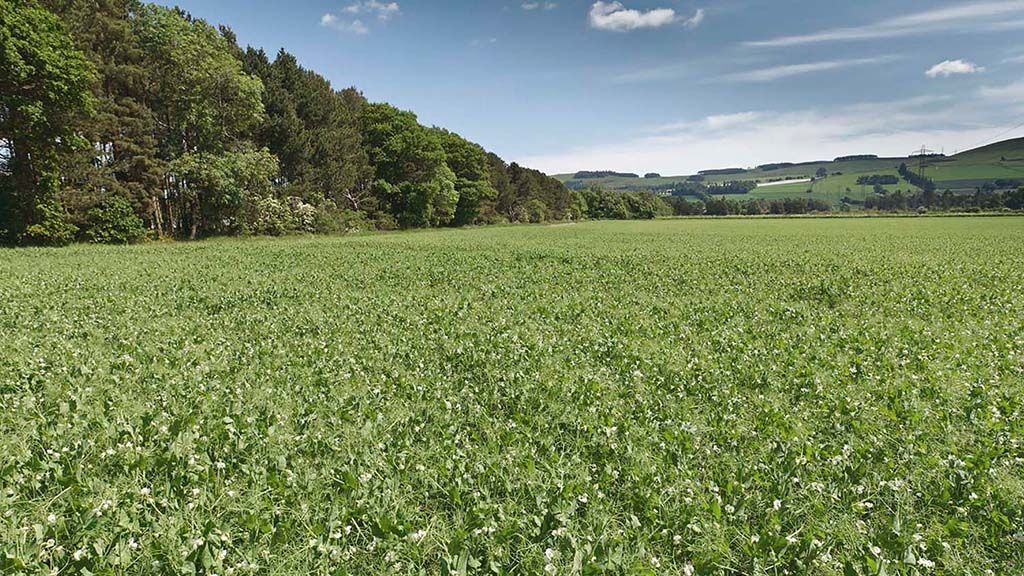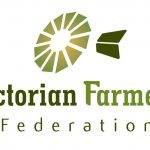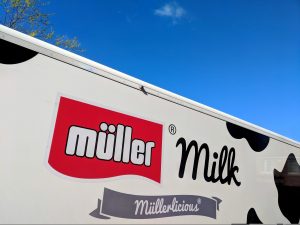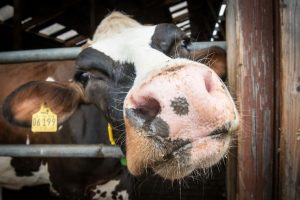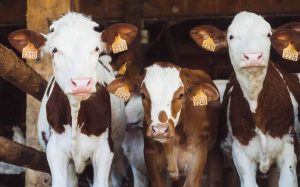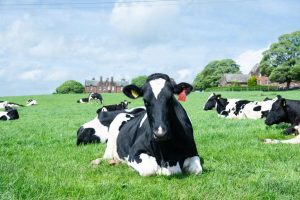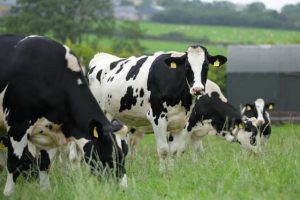
Not a new product to the market, forage peas have been in and out of fashion over the years, says John Spence, forage crop product manager at Limagrain UK.
However, more recently, interest in the crop has seen a rise due to high supplementary protein and fertiliser prices, combined with the soil benefits of using a legume crop.
Mr Spence says: “Anything which is relatively high in protein, but also nitrogen fixing, has seen a boost in terms of sales and popularity. It is another option and something for people to consider.”
Based on the latest figures from Limagrain, the growing cost of forage peas sits at about £102 per tonne of utilised dry matter (DM) and £708 per hectare (£287/acre), making it a cost-effective option for home-grown protein.
Mr Spence says: “It is important now, if not more than ever, to allow people to take control of their own costs to a certain extent.”
While protein content is dependent on the year, Mr Spence says crude protein levels generally sit at 16-20 per cent, with a DM content of 20-25 per cent.
Overall, digestibility value sits at 62-64 per cent, with a metabolisable energy level of 10.5 MJ/kg of DM.


Dr Cara Campbell, senior consultant and area manager at SAC Consulting, part of Scotland’s Rural College, explains the advantages of forage peas as a high protein source within the dairy diet.
While forage peas usually contain a higher protein content than grass silage, the crop contains a higher level of rumen degradable protein.
This is unlike by-pass protein, which is also required by dairy cows, digested in the small intestine, and is found in proteins sources such as soyabean meal and rapeseed meal.
However, to combat this, forage peas contain naturally occurring tannins which bind to the protein, protecting it from microbial breakdown in the rumen and allowing it to be digested in the small intestine along with by-pass proteins.
Dr Campbell says: “Without the tannins most of the protein would be degraded in the rumen and, in the case of a high yielding cow, she would require supplementary protein to maintain higher milk yields.”
Dr Campbell advises farmers not to fully replace soya or other protein sources with forage peas, but says they can reduce the amount of supplementary protein required.
She says: “I would always say that forage peas are best fed as a silage, alongside a grass or maize silage or a wholecrop cereal. I would not put it in on its own and it should be used as part of a ration.”
In terms of production, studies have found forage peas to maintain dry matter intake and milk yields. However, Dr Campbell advises farmers to be aware that by-pass proteins may still be required.
She says: “It is about yield. The high yielding cows will need a source of by-pass protein as well as the peas, whereas a lower yielding cow does not have as high a requirement of by-pass protein.”
She adds: “Always talk with your nutritionist to determine the correct inclusion rates and how to alter concentrations to get the optimum milk yield and performance out of cows. Do not just go and do it yourself, speak to your nutritionist and get advice before you do it.”

Establishment
With a relatively flexible sowing date, between the end of March and early June, depending on the weather, forage peas can be harvested 11-14 weeks after sowing, making it a fast-growing crop.
Mr Spence says: “A fact that forage peas are a legume means they are high in protein, but also nitrogen fixing for the following crop, meaning it can work well in an arable rotation going into wheat or barley.”
Forage peas are fairly hardy and straightforward to grow. Preferring lighter soils and temperatures of at least 8degC for successful establishment, forage peas can be grown in most parts of the UK.
Mr Spence says the main causes of poor establishment tend to be due to bird damage, from rooks and pigeons in particular. He says that if the seeds are not sown deep enough, the rooks access the seed very easily and, once established, pigeons can become an issue.
